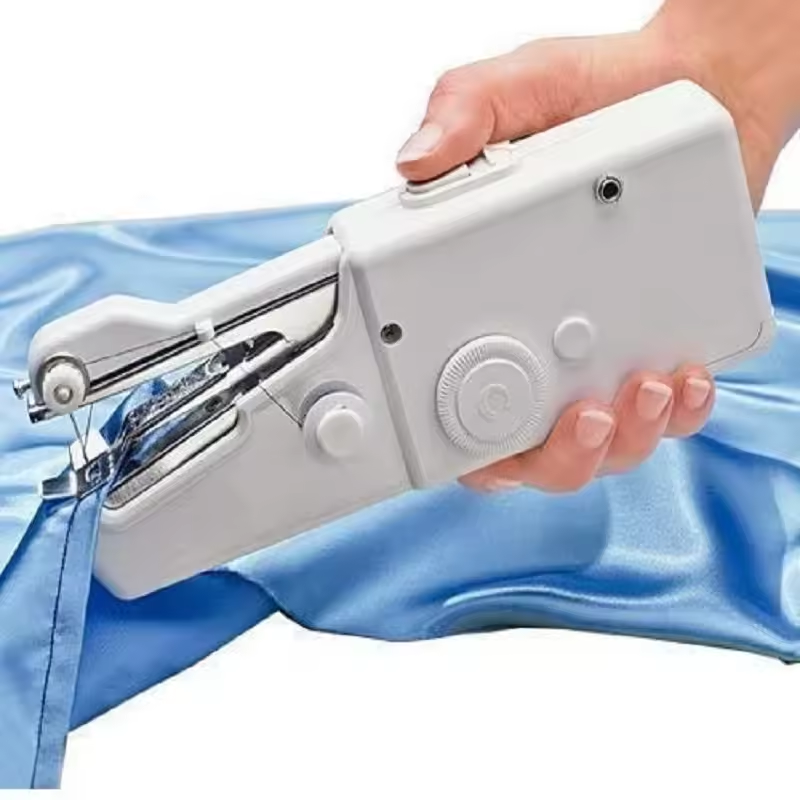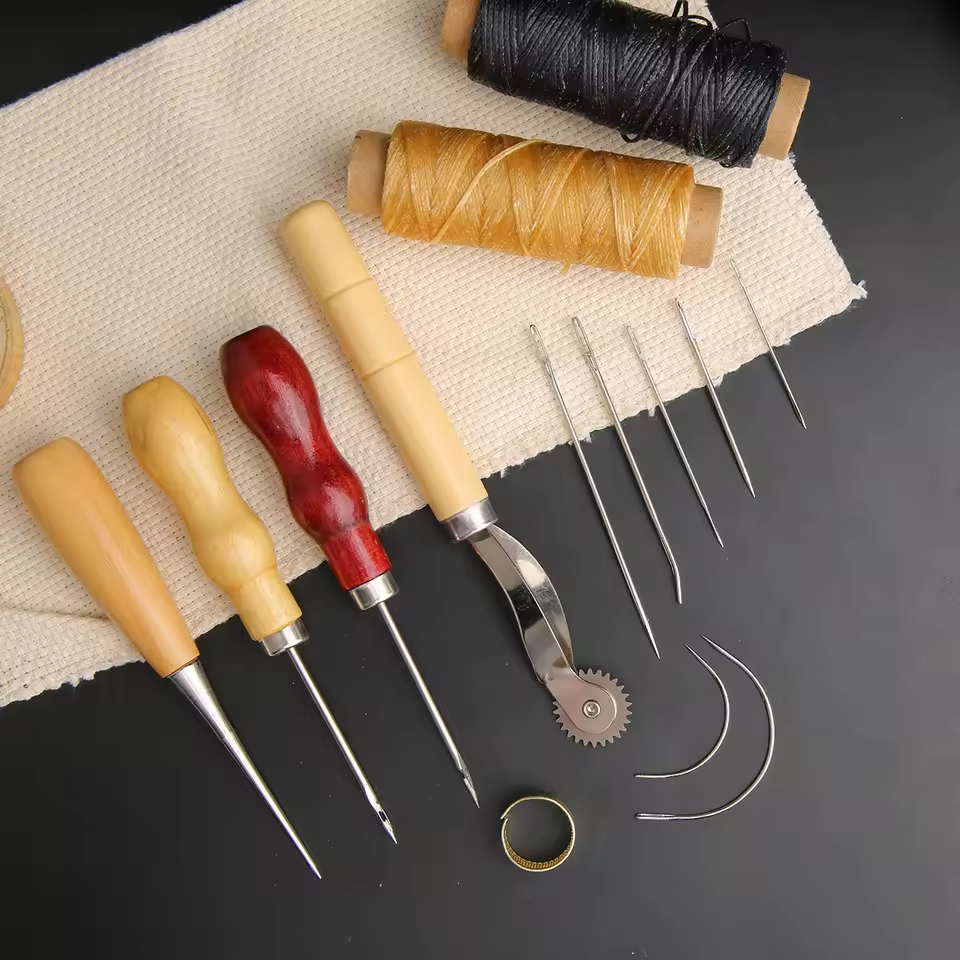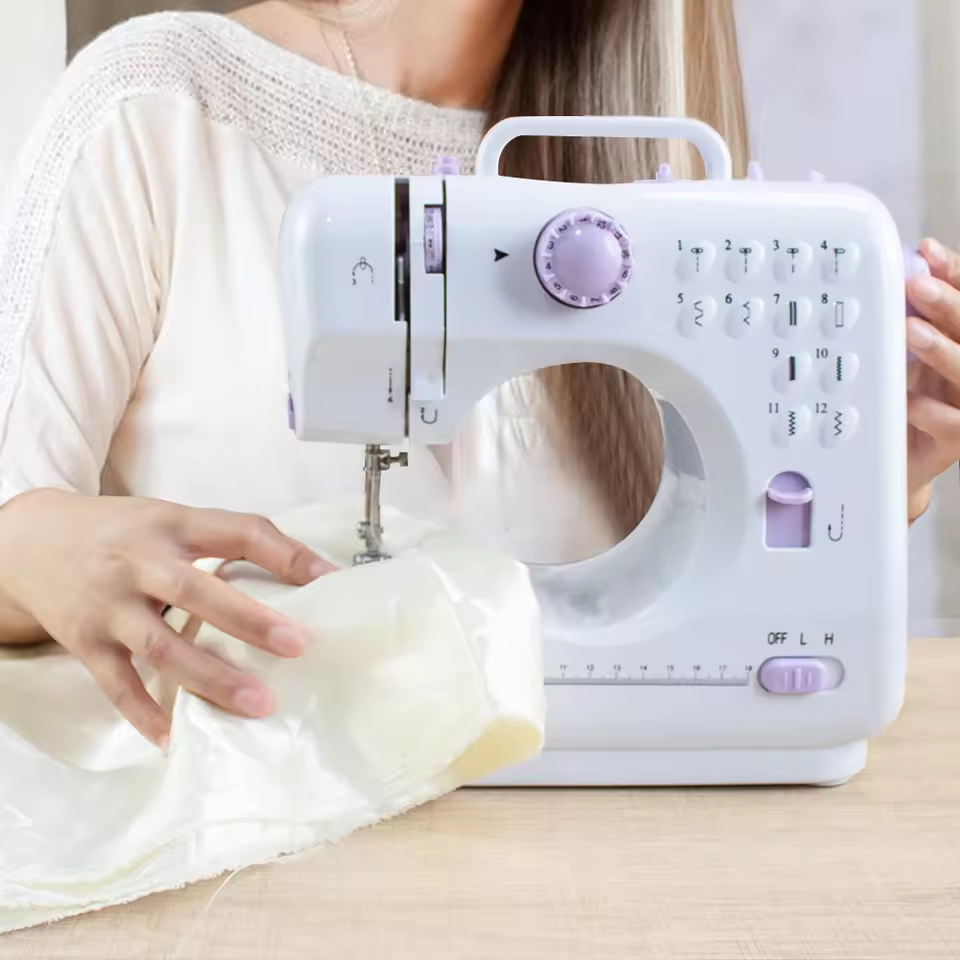The Importance of Sewing Machine Maintenance
Maintaining an industrial sewing machine is crucial for its performance. Proper care prevents breakdowns and prolongs its life. Here’s how to keep your machine in top shape.

Inspect and Clean Regularly
Every use takes a toll on your industrial sewing machine. Bits of fabric and oil can accumulate. Regular inspections help spot issues early. Every day, before starting, visually inspect your machine. Look for loose threads or lint buildup. Use a soft brush or compressed air to clean out debris. Wipe down surfaces with a clean cloth. Ensure needles and bobbin areas are free from obstructions. This routine can save you time and costly repairs.
Schedule Professional Servicing
Even with daily cleaning, your machine needs professional servicing. Experts can reach components you can’t. They can fine-tune your machine for optimal performance. Schedule professional checks at least once a year. They will oil internal mechanisms, adjust tension, and replace worn parts. This servicing keeps your industrial sewing machine reliable and ready for heavy use. Remember, a well-maintained machine is a more productive one. It ensures consistent stitch quality and reduces downtime. Investing in regular servicing is smart for your business.
Selecting the Right Industrial Sewing Machines
Choosing the right industrial sewing machine is key to efficiency. It can affect workflow, product quality, and cost. Considerations in selection should lead to a perfect fit for your specific needs.
Types of Machines and Their Uses
Industrial sewing machines come in various types, each designed for specific tasks. Flatbed machines are common for most sewing tasks. Cylinder-bed machines work well for cylindrical items like cuffs. Post-bed machines help with high-raised parts like boots or gloves. Overlock machines are ideal for edging, hemming, and seaming. Each type serves a unique purpose in textile production.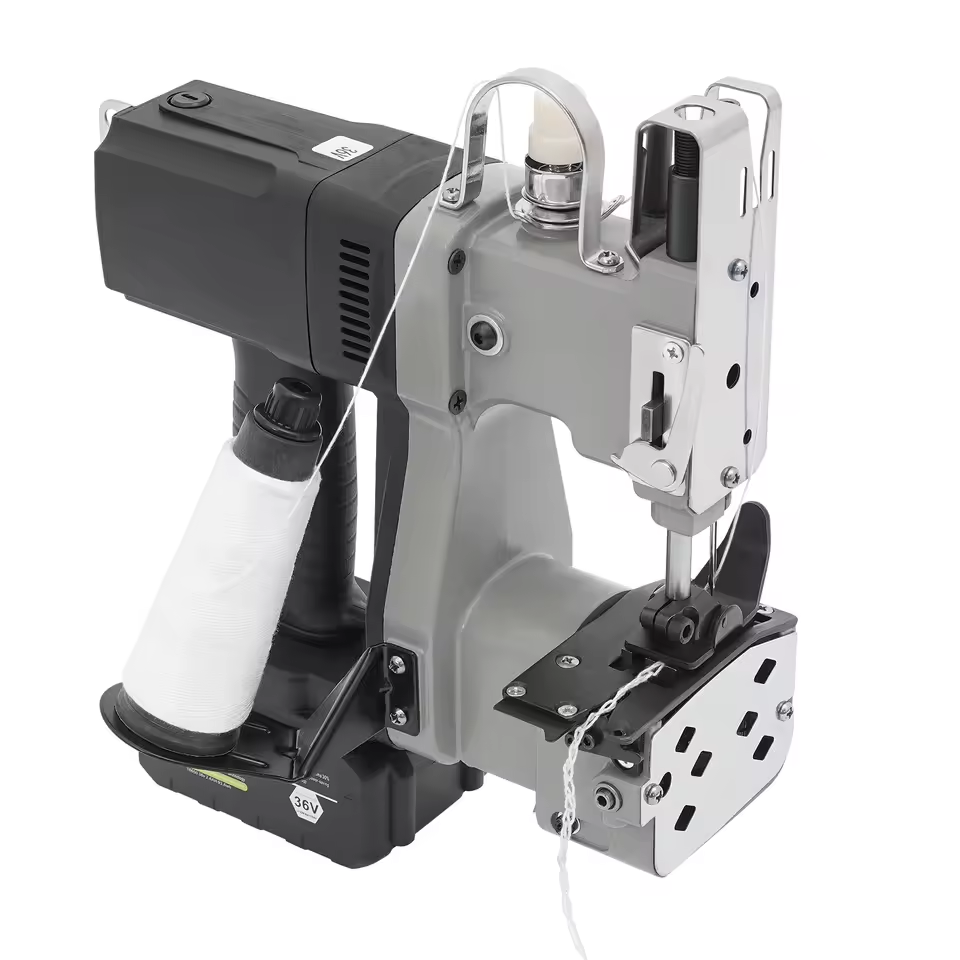
Factors to Consider When Choosing a Machine
When selecting an industrial sewing machine, consider several factors. Think about the fabric types you will work with. Heavy fabrics need sturdy machines with strong needles. Also, consider the speed of the machine and its automation level. A high-speed, automated machine can boost productivity. Durability is crucial since industrial use demands resilience. Look into compatibility with other equipment. It should integrate easily into your current setup. Finally, factor in your budget. You want the best machine you can afford without overspending on features you won’t use.
Optimizing Your Work Environment
Creating an optimal work environment is essential for maintaining a productive sewing operation. An ergonomically designed workspace can reduce operator fatigue and increase efficiency.
Ergonomic Machine Setup for Operators
When configuring an industrial sewing machine setup, prioritize ergonomic design. Proper chair and table heights prevent back strain and wrist stress. Ensure that the machine is at a comfortable height for the operator. Tools and materials should be within easy reach to avoid repetitive stretching. Good lighting is crucial to ease visual strain. This can lead to better accuracy and faster work rates. An ergonomic workspace is a healthy workspace.
Organizing Workflow and Layout
Organize the sewing floor layout to streamline the workflow. Place frequently used machines and tools in accessible locations. Arrange workstations to minimize movement and handling time for operators. Clear signs can guide material handling efficiently. Implement a logical workflow sequence that reduces backtracking. This kind of organization can save time and reduce clutter, making for a leaner, more efficient operation.
Improving Speed and Accuracy
To achieve top-notch efficiency in textile production, improving the speed and accuracy of your industrial sewing machine is vital. By focusing on operator training and exploring advanced features and attachments, you can enhance your operation’s performance.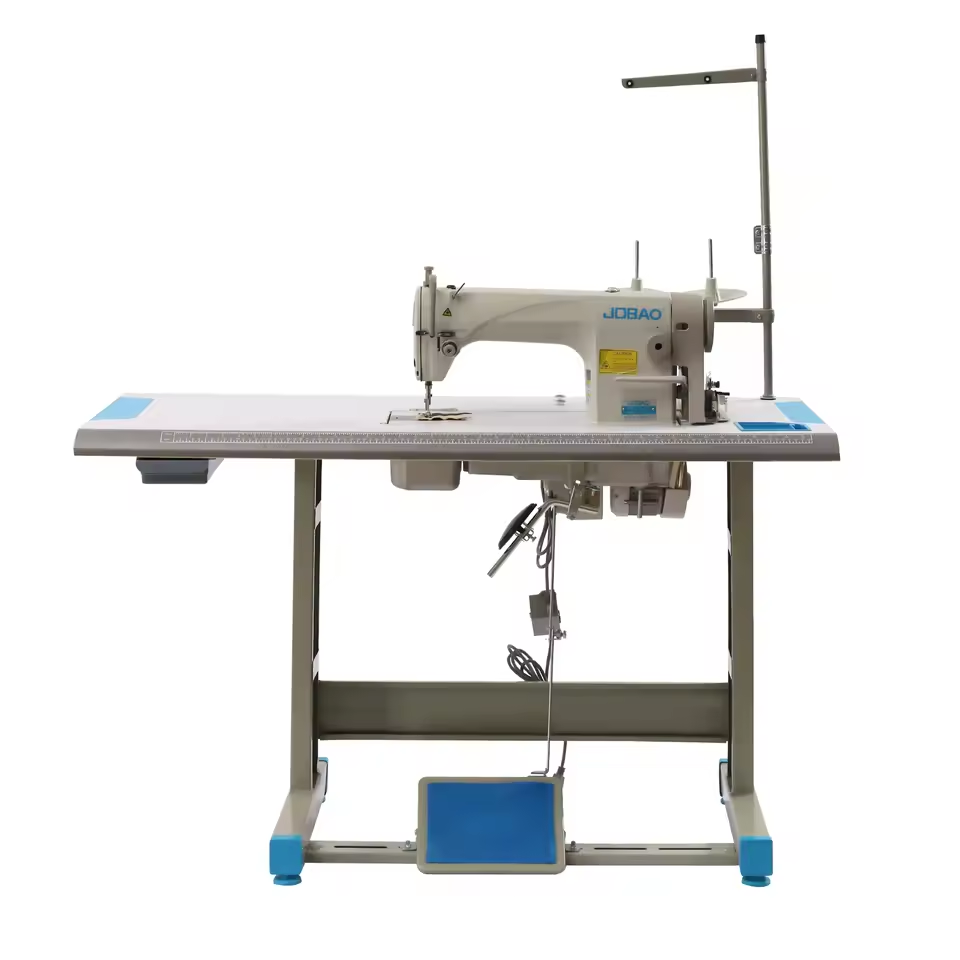
Training for Machine Operators
A key to optimizing the performance of industrial sewing machines lies in the hands of the operators. Comprehensive training programs are essential. They should cover machine operations, maintenance routines, and trouble shooting common issues. Regular skills development ensures that operators stay sharp and proficient. This leads to fewer errors and faster turnaround times.
An effective training session includes:
- Step-by-step guides for machine functions.
- Hands-on practice with different fabric types.
- Techniques to increase sewing speed without sacrificing quality.
Investing in the skillset of your workforce translates directly to improved output.
Advanced Machine Features and Attachments
Modern industrial sewing machines offer a plethora of advanced features and attachments that can streamline your sewing processes. Features such as programmable stitch patterns, automatic thread cutters, and built-in sensors for detecting fabric thickness help increase both speed and accuracy.
Utilize these attachments:
- Specialty presser feet for precise stitching.
- Hemming guides for uniform seam placement.
- Automatic backtacking to reinforce stitch beginnings and ends.
Leverage advanced machine capabilities to push production boundaries. Doing so helps to maintain a competitive edge in the fast-paced textile industry.
Energy Efficiency and Cost Savings
In the textile industry, reducing operational costs is essential. An effective strategy is to enhance the energy efficiency of industrial sewing machines.
Upgrading to Energy-Efficient Models
Replace older machines with newer, energy-efficient models. These consume less power and reduce electricity bills. Look for machines with ‘Energy Star’ ratings or equivalent. Energy-efficient models often have updated features that add to savings. They may include efficient motors, advanced controls, and sleep modes.
Implementing Energy Saving Practices
Beyond upgrading equipment, adopt energy-saving practices. Ensure machines are off when not in use. Use task lighting instead of lighting up an entire room. Maintain machines regularly to keep them running at peak efficiency. Train staff on energy conservation techniques. By implementing these measures, you can significantly cut down on energy consumption and costs.
Streamlining Material Handling and Storage
In any industrial setup, and especially in textile production, the handling and storage of materials can greatly affect efficiency. For an industrial sewing machine environment, where multiple fabric types and tools are in constant use, streamlining these processes is crucial. Efficiency in material flow reduces time wasted on unnecessary movement, simplifies inventory tracking, and can lessen the risk of errors or material damage.
Efficient Material Flow Strategies
Curating efficient material flow strategies is key to improving production times and reducing labor costs. Start by analyzing the current flow of materials. Identify bottlenecks and eliminate unnecessary steps. Establish designated areas for raw materials, work-in-progress, and finished goods to maintain order. Implementing a ‘first-in, first-out’ system ensures that older stock is used first, reducing waste. Use color-coded bins or labels for quick identification. Employ kanban systems to automate replenishment and avoid overstocking. A well-thought-out material flow strategy keeps your industrial sewing machine running smoothly, with minimal interruptions.
Automated Material Handling Systems
To further enhance efficiency, consider integrating automated material handling systems. Conveyor belts, automated guided vehicles (AGV), or robotic arms can handle repetitive tasks with precision. AGVs, for example, can transport materials from storage to the sewing machine area, reducing manual labor. Automation increases safety by lowering the chance of injuries related to lifting or moving heavy materials. It also standardizes the handling process, which can reduce material damage and handling time. Although the initial investment in automated systems might be high, the long-term benefits include consistent performance and cost savings on labor and material waste. In conclusion, pairing your industrial sewing machine with an automated system can significantly boost your operation’s overall efficiency.
Integrating Technology and Software Solutions
Embracing technology is vital for scaling up sewing operations. Smart solutions make managing complex tasks easier and improve productivity.
Sewing Machine Connectivity and IoT
The integration of IoT (Internet of Things) into industrial sewing machines represents a leap forward. IoT connectivity allows for real-time monitoring and control. Machines with IoT features can send updates on their status. This helps in anticipating maintenance needs. It allows for immediate identification of operational issues, reducing downtime. IoT-enabled machines can also collect data on usage patterns. This can lead to more informed decisions about resource allocation and workflow management. Look for machines with built-in connectivity options to stay ahead.
Production Tracking and Quality Control Software
Quality control is a non-negotiable aspect of textile manufacturing. Software tools offer advanced production tracking and quality management. These systems can track work-in-progress and finished goods. They also ensure products meet quality standards. Real-time tracking reduces errors and streamlines operations. It enables quick responses to issues. For example, if a defect is detected, the software can trigger an alert. This prevents further errors and reduces waste. Integrating such software into your operations provides a clear picture of your production line. This can drive efficiency and maintain high-quality output.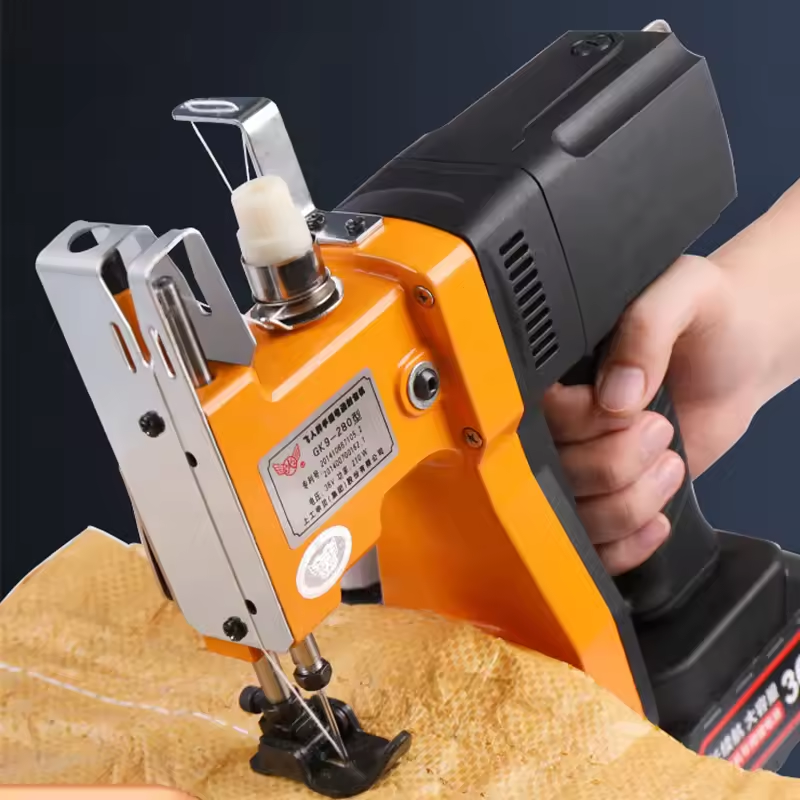
Periodic Evaluation of Sewing Operations
For maintaining peak efficiency, periodic evaluations of operations are necessary. These evaluations help identify and rectify issues early on.
Implementing Continuous Improvement Practices
Continuous improvement is key to operational success. Use regular audits to assess the effectiveness of practices. Change and adapt methods to enhance performance. Keep an eye on industry trends to stay updated. Encourage feedback from staff. They often have insights into potential improvements. Invest in staff development and training. Continuous learning ensures everyone is at their best.
Tracking Performance Metrics and Benchmarks
Use metrics and benchmarks to gauge success. Track data like stitch quality, machine uptime, and output rates. Compare this data against industry standards or set benchmarks. Use findings to set realistic, achievable goals. Monitor progress towards these goals. This approach helps create a culture of accountability and purpose. Regular performance reviews are crucial. They highlight successes and areas needing improvement.





